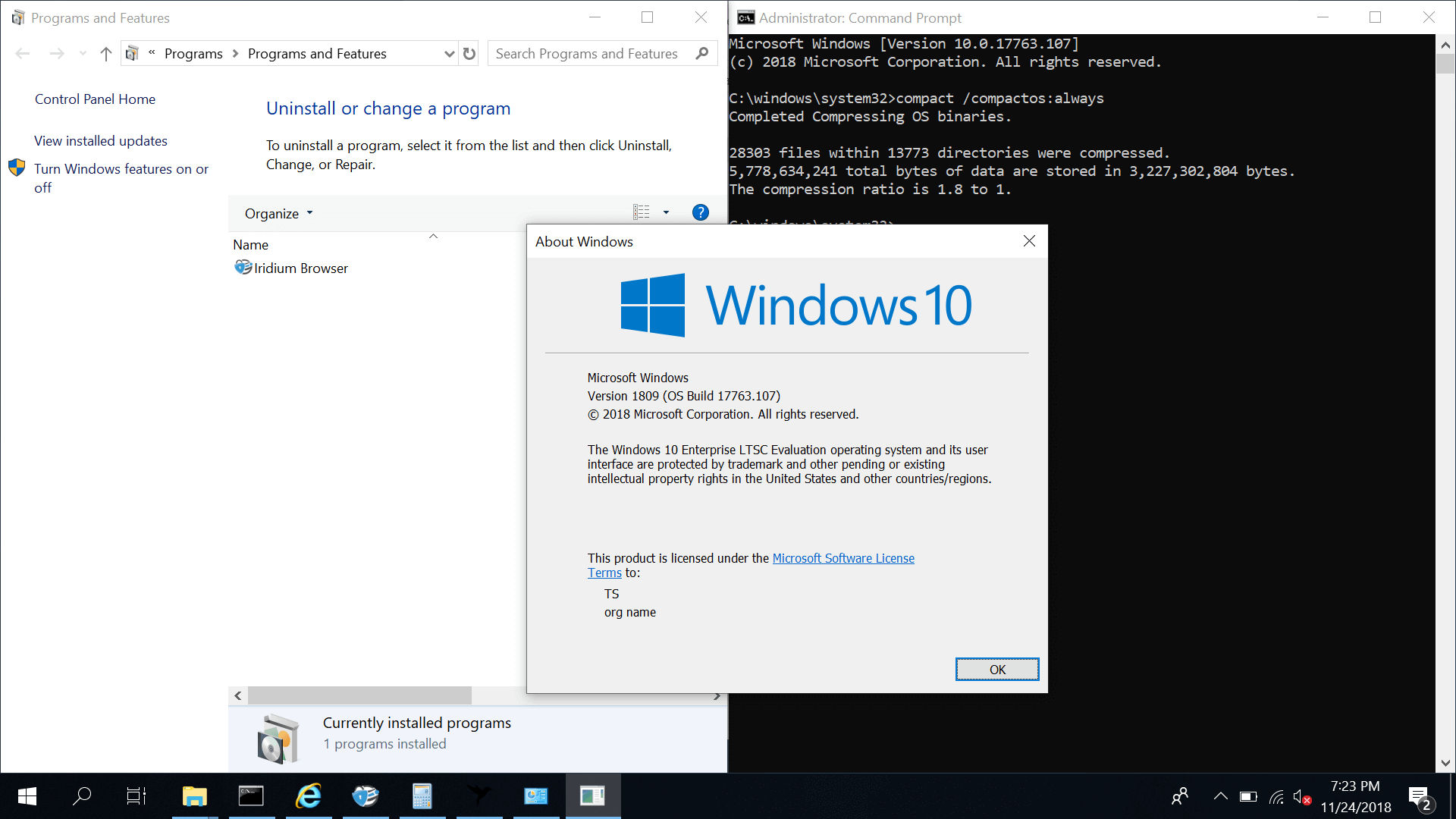A novel method developed by MIT researchers rethinks hardware fact compression to free up more memory used by computers and cell devices, letting them run faster and perform other obligations concurrently.
Data compression leverages redundant data to unlock storage potential, enhance computing speeds, and provide other perks. In present-day laptop structures, getting access to main memory could be very expensive compared to actual computation. Because of this, the usage of data compression inside the mind enables improvement in overall performance because it reduces the frequency and quantity of information packages needed to fetch from primary memory.
Memory in current computer systems manages and transfers data in fixed-size chunks, on which conventional compression strategies have to function. Software, but would not naturally store its facts in constant-size chunks. Instead, it uses “objects,” statistical structures that contain diverse varieties of facts and have variable sizes. Therefore, conventional hardware compression strategies take care of gadgets poorly.

In a paper presented at the ACM International Conference on Architectural Support for Programming Languages and Operating Systems this week, the MIT researchers describe the first approach to compress items across the memory hierarchy. This reduces memory usage while enhancing performance and performance.
Programmers may want to benefit from this method while programming in any modern programming language — along with Java, Python, and Go — to shops and manage information in gadgets without converting their code. On their cease, clients might see computer systems that could run an awful lot quicker or run many more apps at the same speeds. Because each utility consumes much less memory, it runs quicker, so a tool can support higher packages within its allotted memory.
In experiments using a changed Java digital gadget, the approach compressed twice as an awful lot of information and decreased memory usage by half of to conventional cache-based techniques.
“The motivation becomes seeking to come up with a new memory hierarchy that would do object-primarily based compression, instead of cache-line compression, because it’s how most cutting-edge programming languages control information,” says first writer Po-An Tsai, a graduate scholar in the Computer Science and Artificial Intelligence Laboratory (CSAIL).
“All pc structures could benefit from this,” provides co-writer Daniel Sanchez, a pc technology and electrical engineering professor, and a researcher at CSAIL. “Programs grow to be faster because they prevent being bottlenecked by using memory bandwidth.”
The researchers built on their prior work that restructures the memory structure to manipulate gadgets directly. Traditional architectures store records in blocks in a hierarchy of progressively extensive and slower memories, referred to as “caches.” Recently accessed blocks push upward to the smaller, faster caches, while older blocks are moved to more deliberate and larger caches, finally ending again in most crucial reminiscence. While this organization is bendy, it’s miles costly: To get admission to memory, each cache wishes to look for the deal with among its contents.
“Because the unit of statistics management in modern-day programming languages is items, why not just make a memory hierarchy that offers items?” Sanchez says.
In a paper posted in late October, the researchers distinct a gadget referred to as Hotpads that stores entire devices, tightly packed into hierarchical levels, or “pads.” These tiers are living entirely on efficient, on-chip, immediately addressed reminiscences — without sophisticated searches required.






